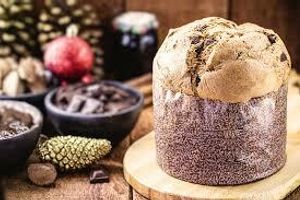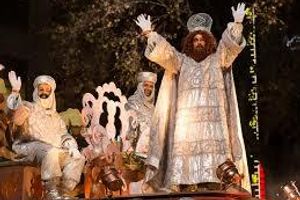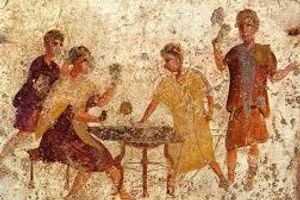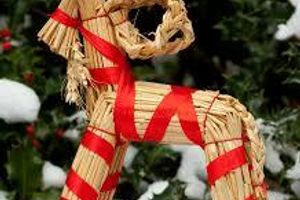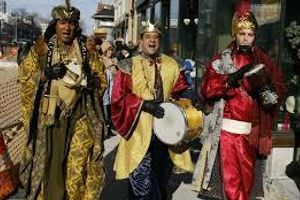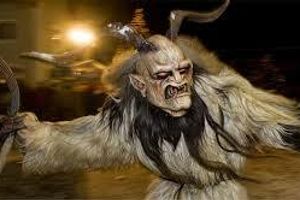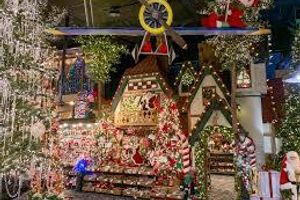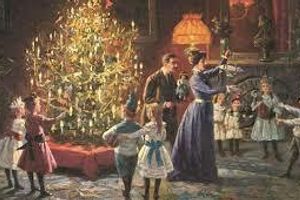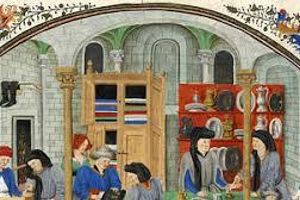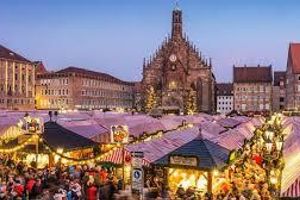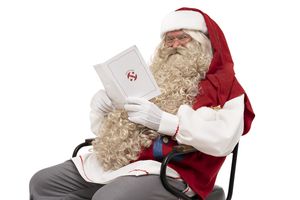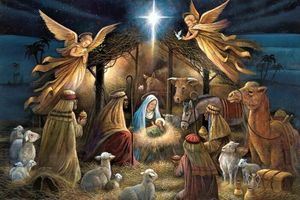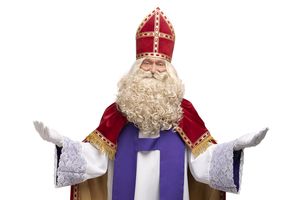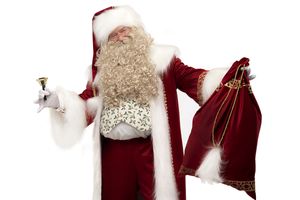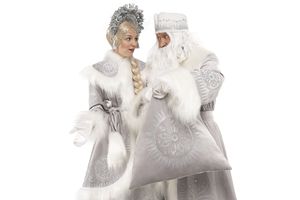The Origin of Christmas Ornaments: From Glass Baubles to Handmade Decorations
Decorating the Christmas tree is one of the most cherished and iconic holiday traditions worldwide. However, the journey of Christmas ornaments from their humble beginnings to the colorful and diverse decorations we see today is filled with fascinating changes and evolution. From glass baubles to handmade crafts, Christmas tree ornaments have a rich history that ties together ancient traditions and creative craftsmanship.
The Beginning of Tree Decorating Traditions
Medieval Roots
The tradition of decorating trees during Christmas originated in Medieval Europe. The earliest documented instance of tree decoration comes from Germany, where people in the 16th century began using evergreen trees as part of their Christmas celebrations. Early tree decorations included fruits, nuts, and sweets, symbolizing nature’s bounty and hope for a good harvest in the coming year. The evergreen tree itself symbolized life and renewal during the dark winter months.
Glass Baubles
The History of Glass Baubles
The true evolution of Christmas ornaments began in the 19th century in the small German town of Lauscha, which became the center of glass ornament production. Glassblowers in Lauscha created the first glass baubles, which replaced the fruits traditionally hung on trees. These baubles quickly gained popularity and became a symbol of festive decor not only in Germany but across the world.
Production and Spread
Over time, the technique of making glass ornaments improved, and the designs became more intricate. The production process involved blowing thin glass spheres, which were then coated with silver and adorned with glitter and paint. In the 19th century, these glass ornaments were exported to other countries, particularly after Queen Victoria of England, along with her German-born husband Prince Albert, popularized the tradition of decorating Christmas trees in Britain.
Christmas Figurines
The Emergence of Figurine Ornaments
Along with glass baubles, the 19th century saw the introduction of Christmas figurines as a key part of festive decor. Artisans in Lauscha began producing glass figurines of animals, birds, stars, and angels. These ornaments carried both religious and cultural significance. For example, angels symbolized protection, and stars represented the Star of Bethlehem, guiding the way to the newborn Christ.
The Evolution of Handmade Ornaments
Wartime and the Rise of Handmade Ornaments
During the First and Second World Wars, the production of glass ornaments slowed due to material shortages. During this time, many families began making their own decorations using available materials such as paper, cardboard, fabric, and wood. Handmade ornaments like papier-mâché figures, wooden carvings, and foil-wrapped creations gained popularity and sparked a new tradition of homemade Christmas decor.
The Post-War Era
After the wars, glass ornaments regained popularity, but the tradition of handmade decorations continued. Many families still craft their own Christmas ornaments, using a variety of materials such as paper snowflakes, fabric garlands, and knitted decorations, adding a personal touch to the holiday celebration.
Modern Christmas Ornaments
From Mass Production to Creative Designs
Today, Christmas ornaments come in a wide array of materials, shapes, and designs. From shiny plastic baubles to exclusive hand-blown glass ornaments, the modern market offers endless choices. Many brands release new collections each year, featuring unique designs that enhance festive decor.
A Return to Tradition
Despite mass production, there is a growing interest in returning to traditional forms of decoration. More and more people are choosing handmade or vintage-style ornaments, creating a sense of nostalgia and personal connection. Homemade decorations are often passed down through families, becoming treasured heirlooms that carry stories and memories.
Conclusion
Christmas ornaments have undergone a long journey of evolution, from simple fruits and nuts to glass baubles and modern designer creations. Today, each person can choose decorations that suit their style, whether it’s brightly colored modern ornaments, traditional glass baubles, or handmade crafts made with love. No matter the choice, decorating the Christmas tree remains a central part of the holiday season, symbolizing joy and togetherness.















